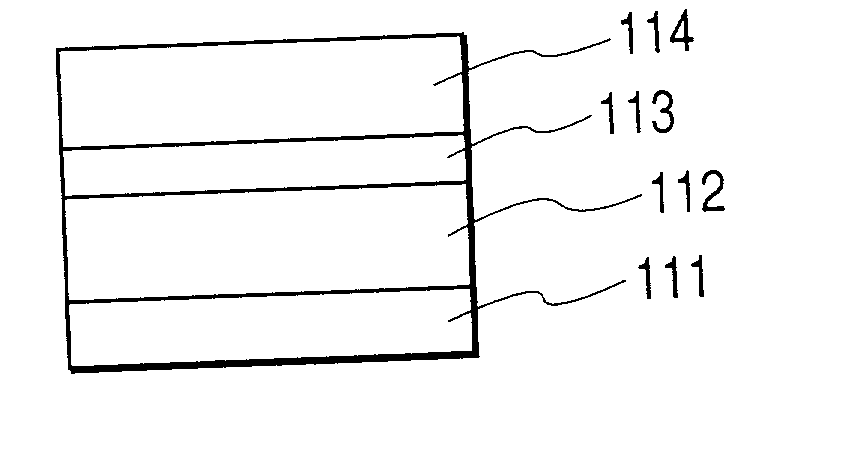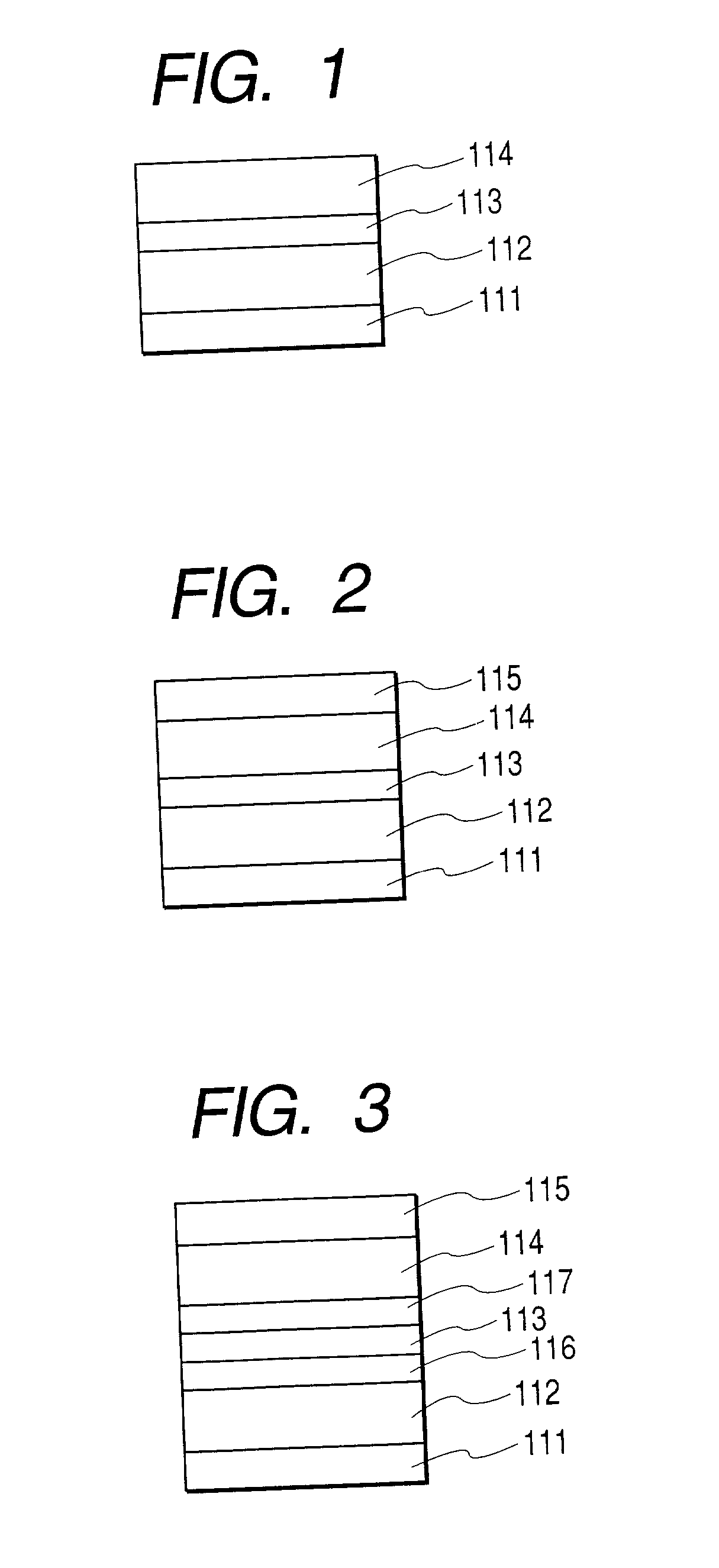Magnetoresistive element, memory element having the magnetoresistive element, and memory using the memory element
a memory element and magnetoresistive element technology, applied in the field of magnetoresistive element, memory element having the magnetoresistive element, and memory using the memory element, can solve the problems of long erase time, no memory which satisfies all specifications, volatile and loses information upon power-off,
- Summary
- Abstract
- Description
- Claims
- Application Information
AI Technical Summary
Problems solved by technology
Method used
Image
Examples
Embodiment Construction
.62
[0156] The present invention is not limited to the embodiments described above, and may be practiced by combining a plurality of embodiments. A tunneling magnetoresistive element suitably used for an MRAM has been exemplified as a magnetoresistive element. However, the present invention is not limited to this, and the structure of the present invention can also be applied to, e.g., a giant magnetoresistive element in which a nonmagnetic layer is made of a conductor.
PUM
| Property | Measurement | Unit |
|---|---|---|
| Length | aaaaa | aaaaa |
| Length | aaaaa | aaaaa |
| Length | aaaaa | aaaaa |
Abstract
Description
Claims
Application Information
 Login to View More
Login to View More - R&D
- Intellectual Property
- Life Sciences
- Materials
- Tech Scout
- Unparalleled Data Quality
- Higher Quality Content
- 60% Fewer Hallucinations
Browse by: Latest US Patents, China's latest patents, Technical Efficacy Thesaurus, Application Domain, Technology Topic, Popular Technical Reports.
© 2025 PatSnap. All rights reserved.Legal|Privacy policy|Modern Slavery Act Transparency Statement|Sitemap|About US| Contact US: help@patsnap.com



